How to identify indexed ISI, Scopus, or Scimago logs?
When you want to submit your research article in a journal. You must select the target journal for your field of study, and the journal should be indexed in any of the major indexing databases such as ISI, Scopus, SCI, SCI-E or ESCI. But defining a target journal with a good citation report is not easy. In this article, The Scientist’s View publishes answers to frequently asked questions about choosing a journal. This article also discusses the difference between SCI, SCIE, and SCImago.
How to check log indexed in ISI indexing database?
To check the journal whether it is indexed in the ISI Web of Science database or not, follow these steps:
1. Enter the URL in the address bar: mjl.clarivate.com
It will be redirected to the search page in the Clarivate Analytics General Log.
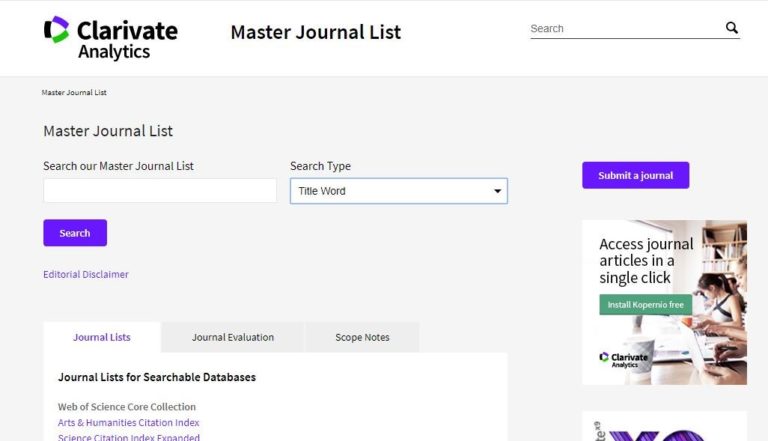
2. Enter the name of the target log in the search element field
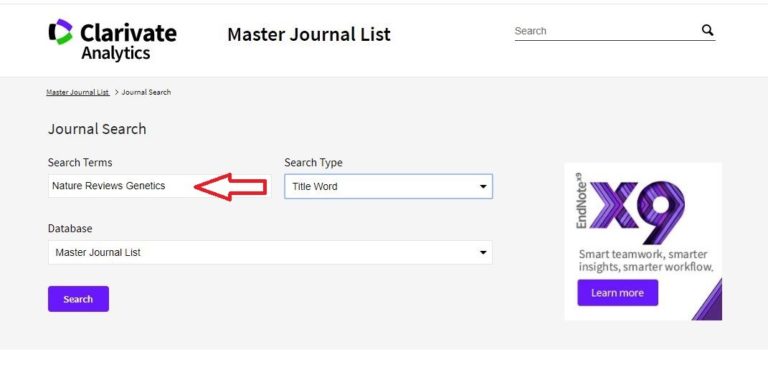
3. Then in the next step select the type of search
Regardless of whether you include a title, full magazine name or ISSN in the name of the word.
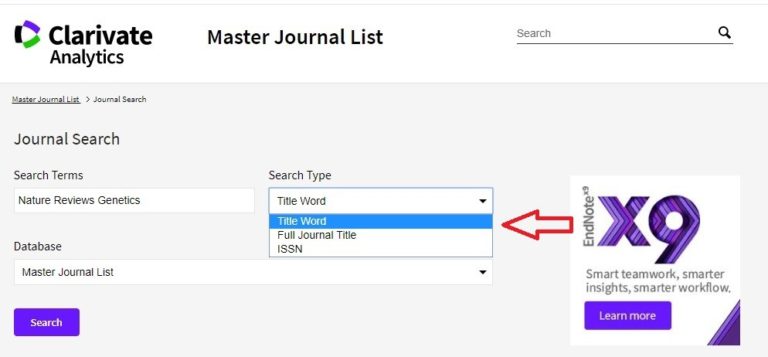
4. In the next step, select the database that you want to check for indexing.
You can specify a specific database or select the main list of logs to find the total coverage of the target log.
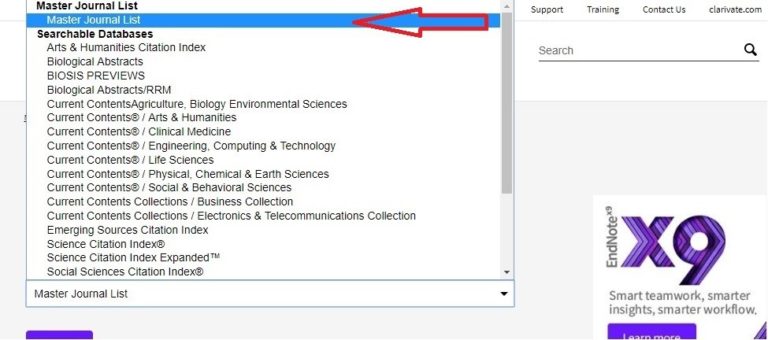
5. Finally, you will receive detailed information about the journal with all the coverage of the database.
Here you can see that this journal is indexed in a scientific citation index.
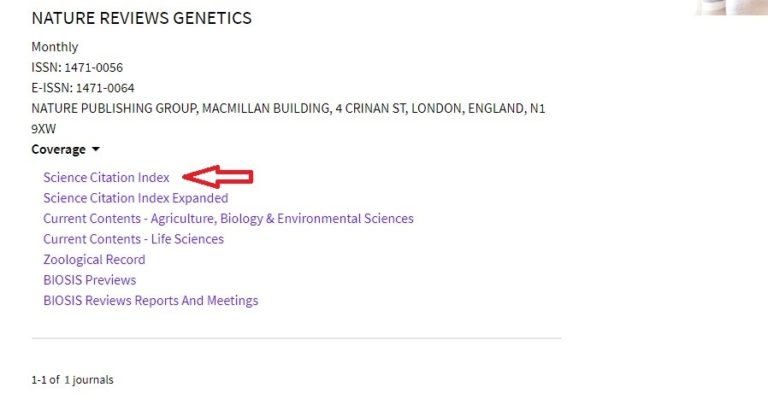
Scopus is the number one peer-reviewed journal database containing over 70 million articles, such as scientific articles, conference proceedings, book chapters, lecture notes and books. To make sure that the target log is indexed in areas or not, you need to follow these steps.
1. Enter the URL in the address bar:
www.scopus.com/sources
You will be directed to browse the sources on Scopus.com - the search page for the list of magazines.
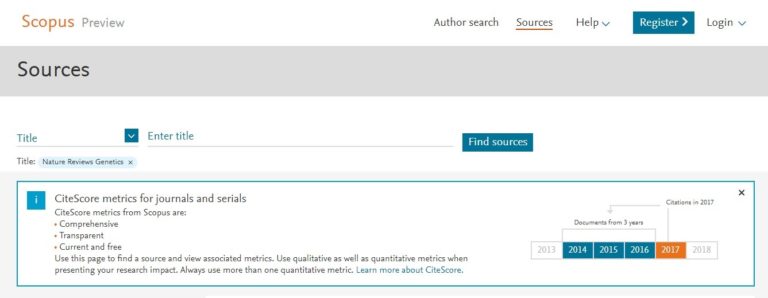
2. Select the name, publisher number, or ISSN number of the target magazine to find if it is indexed in Scopus:
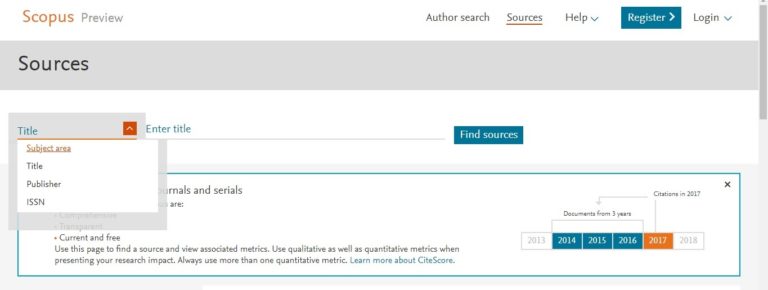
3. Enter the name of the target log in the “Title” field. After specifying the name of the journal, click the "Find Sources" button.
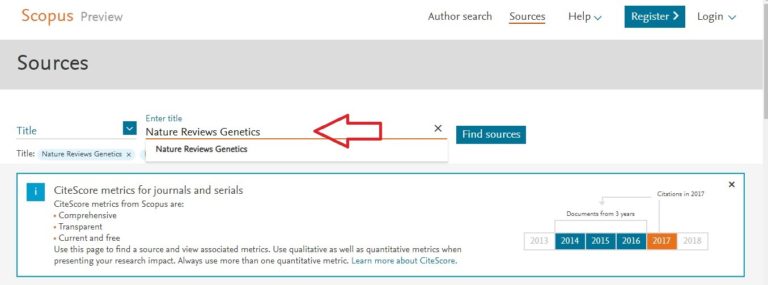
4. Finally, you will receive detailed information about the magazine with all the coverage of the database.
Here you can see that this journal Nature Reviews Genetics has been indexed in the Scopus database. You will also receive Scopus impact factor and magazine citation reports for the past five years.
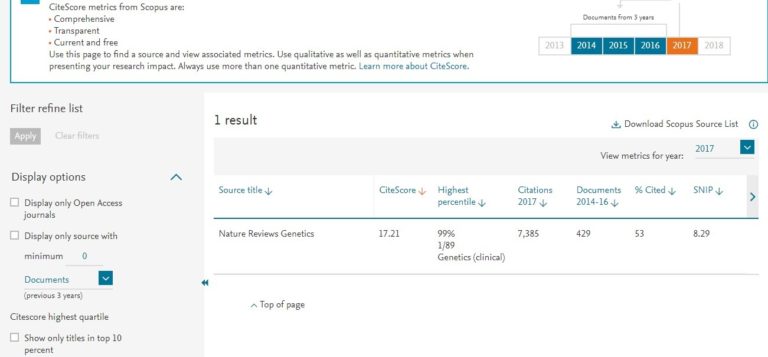
SCImago Journal & Country Rank is a public site to determine the scientific rankings of journals and countries. SCImango ratings are used to analyze a quality journal for publication. This rating system also runs on Scopus. To check whether the log is indexed in the Scimago database or not, follow these steps:
1. To check if your target log is indexed in Scimago, go to scimagojr.
It will be directed to the Scimago Journal & Country Rank search page:
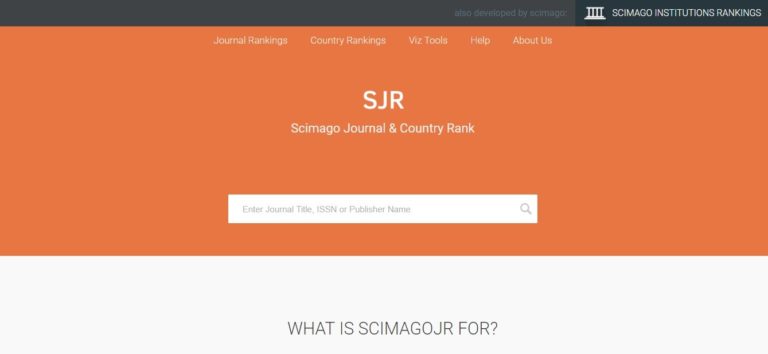
2. Enter the name of the target log in the search term field. Then click the search button.
You can specify the name of the word, the full name of the journal or the ISSN number in the search bar.
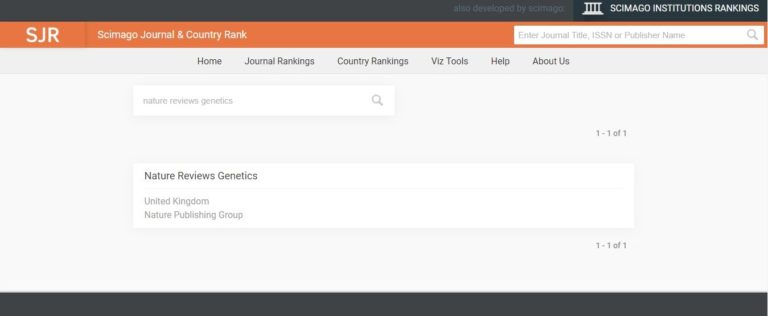
3. In the next step, select the journal name as a result of the Scimago ranking.
He will direct you to the rating page.
4. Finally, you will receive detailed log information with all the details of the Scimago database ranking results.
Here you can see that this Nature Reviews Genetics magazine has taken a place in Scimago magazine.
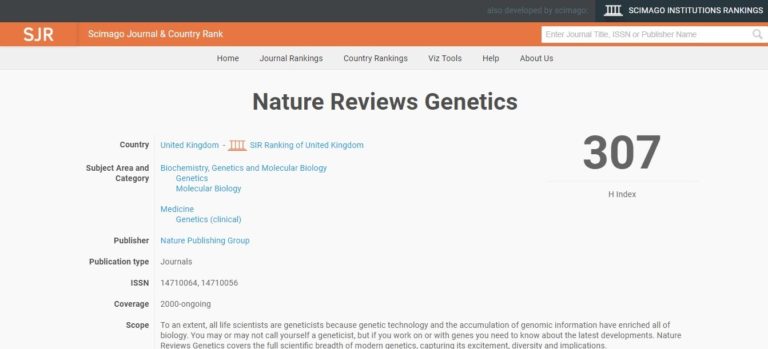
Researchers are often confused when it comes to scientific indexing from different databases. Let's find the difference between SCI, SCIE and SCImago.
SCI: Science Citation Index (SCI) is a citation index originally prepared by the Institute of Scientific Information (ISI) and created by Eugene Garfield.
SCI was officially launched in 1964. It is now owned by Thomson Reuters. SCI SCImago Journal & Country Rank is a portal that includes journals and country-specific scientific indicators based on information contained in the Scopus (Elsevier) database.
These indicators can be used to evaluate and analyze scientific areas. The larger version (extended scientific citation index) covers more than 6,500 well-known and significant journals in 150 disciplines from 1900 to the present.
They are alternately called the world's leading scientific and technical journals due to the rigorous selection process.
SCIE: Advanced Science Citation Index (SCIE) is a bibliographic database originally created by Eugene Garfield, created by the Institute of Scientific Information (ISI) and currently owned by Thomson Reuters (TR). The company that issues the impact factor of the magazine every year.
SCImago Journal: This platform got its name from the SCImago Journal Rank (SJR) indicator, developed by SCImago from the well-known Google PageRank algorithm. This indicator shows the visibility of the logs contained in the Scopus database since 1996. This index is based on the SCOPUS database, in which indexed logs are much wider than ISI.
I hope this article helps you identify ISI, Scopus, or Scimago Indexed magazines, as well as the differences between them.
How to check log indexed in ISI indexing database?
To check the journal whether it is indexed in the ISI Web of Science database or not, follow these steps:
1. Enter the URL in the address bar: mjl.clarivate.com
It will be redirected to the search page in the Clarivate Analytics General Log.

2. Enter the name of the target log in the search element field

3. Then in the next step select the type of search
Regardless of whether you include a title, full magazine name or ISSN in the name of the word.

4. In the next step, select the database that you want to check for indexing.
You can specify a specific database or select the main list of logs to find the total coverage of the target log.

5. Finally, you will receive detailed information about the journal with all the coverage of the database.
Here you can see that this journal is indexed in a scientific citation index.

How to determine if journals are indexed in the Scopus database?
Scopus is the number one peer-reviewed journal database containing over 70 million articles, such as scientific articles, conference proceedings, book chapters, lecture notes and books. To make sure that the target log is indexed in areas or not, you need to follow these steps.
1. Enter the URL in the address bar:
www.scopus.com/sources
You will be directed to browse the sources on Scopus.com - the search page for the list of magazines.

2. Select the name, publisher number, or ISSN number of the target magazine to find if it is indexed in Scopus:

3. Enter the name of the target log in the “Title” field. After specifying the name of the journal, click the "Find Sources" button.

4. Finally, you will receive detailed information about the magazine with all the coverage of the database.
Here you can see that this journal Nature Reviews Genetics has been indexed in the Scopus database. You will also receive Scopus impact factor and magazine citation reports for the past five years.

How to identify Scimago rating magazines?
SCImago Journal & Country Rank is a public site to determine the scientific rankings of journals and countries. SCImango ratings are used to analyze a quality journal for publication. This rating system also runs on Scopus. To check whether the log is indexed in the Scimago database or not, follow these steps:
1. To check if your target log is indexed in Scimago, go to scimagojr.
It will be directed to the Scimago Journal & Country Rank search page:

2. Enter the name of the target log in the search term field. Then click the search button.
You can specify the name of the word, the full name of the journal or the ISSN number in the search bar.

3. In the next step, select the journal name as a result of the Scimago ranking.
He will direct you to the rating page.
4. Finally, you will receive detailed log information with all the details of the Scimago database ranking results.
Here you can see that this Nature Reviews Genetics magazine has taken a place in Scimago magazine.

What is the difference between SCI, SCIE and SCImago?
Researchers are often confused when it comes to scientific indexing from different databases. Let's find the difference between SCI, SCIE and SCImago.
Science Citation Index (SCI)
SCI: Science Citation Index (SCI) is a citation index originally prepared by the Institute of Scientific Information (ISI) and created by Eugene Garfield.
SCI was officially launched in 1964. It is now owned by Thomson Reuters. SCI SCImago Journal & Country Rank is a portal that includes journals and country-specific scientific indicators based on information contained in the Scopus (Elsevier) database.
These indicators can be used to evaluate and analyze scientific areas. The larger version (extended scientific citation index) covers more than 6,500 well-known and significant journals in 150 disciplines from 1900 to the present.
They are alternately called the world's leading scientific and technical journals due to the rigorous selection process.
Advanced Science Citation Index (SCIE)
SCIE: Advanced Science Citation Index (SCIE) is a bibliographic database originally created by Eugene Garfield, created by the Institute of Scientific Information (ISI) and currently owned by Thomson Reuters (TR). The company that issues the impact factor of the magazine every year.
SCImago Magazines
SCImago Journal: This platform got its name from the SCImago Journal Rank (SJR) indicator, developed by SCImago from the well-known Google PageRank algorithm. This indicator shows the visibility of the logs contained in the Scopus database since 1996. This index is based on the SCOPUS database, in which indexed logs are much wider than ISI.
I hope this article helps you identify ISI, Scopus, or Scimago Indexed magazines, as well as the differences between them.
All Articles